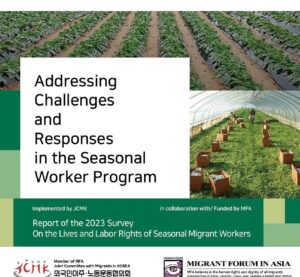Association of South East Asian Nations (ASEAN)
History
The Association of Southeast Asian Nations, (ASEAN) was established in August 1967 in Bangkok with the signing of the ASEAN Declaration (Bangkok Declaration) by the Founding Fathers of ASEAN, namely Indonesia, Malaysia, Philippines, Singapore and Thailand. Brunei Darussalam then joined in 1984, Viet Nam in 1995, Lao PDR and Myanmar in 1997, and Cambodia in 1999, making up what is today the ten Member States of ASEAN.
Principles
The Treaty of Amity and Co-operation in Southeast Asia lays out the following founding principles of ASEAN:
- Mutual respect for the independence, sovereignty, equality, territorial integrity, and national identity of all nations
- The right of every State to lead its national existence free from external interference, subversion or coercion
- Non-interference in the internal affairs of one another
- Settlement of differences or disputes by peaceful manner
- Renunciation of the threat or use of force
- Effective cooperation among themselves
Member States:
- Brunei Darussalam
- Cambodia
- Indonesia
- Lao PDR
- Malaysia
- Myanmar
- Philippines
- Singapore
- Thailand
- Viet Nam
Structure
The ASEAN Coordinating Council comprises the ASEAN Foreign Ministers and meet at least twice a year. The ASEAN Community Councils comprises Councils from all the three pillars, namely the ASEAN Political-Security Community, the ASEAN Economic Community and the ASEAN Socio-Cultural Community. Under their purview is the relevant ASEAN Sectoral Ministerial Bodies. Each Member State appoints a Permanent Representative to ASEAN based in Jakarta. The Permanent Representatives collectively constitute a Committee of Permanent Representatives. The ASEAN structure also includes National Secretariats and Committees Abroad.
Objectives
The ASEAN Declaration states that the aims and purposes of the Association are:
to accelerate the economic growth, social progress and cultural development in the region through joint endeavors in the spirit of equality and partnership to promote regional peace and stability through abiding respect for justice and the rule of law in the relationship among countries in the region and adherence to the principles of the United Nations Charter
Regional Integration
The ASEAN Economic Community (AEC) is the goal of regional economic integration. AEC envisages the following key characteristics:
- a single market and production base
- a highly competitive economic region
- a region of equitable economic development
- a region fully integrated into the global economy
The AEC calls for the free flow of skilled labour while low and semi-skilled labour migration in ASEAN is managed by national policies and bilateral agreements.
Future
The AEC will transform ASEAN into a region with freer movement of goods, services, investment, skilled labour, and capital. It is expected that people within the ASEAN region will move in response to the new economic opportunities created by the AEC. All ASEAN Member States signed in 2007 the ASEAN Declaration on the Protection and Promotion of the Rights of Migrant Workers. The Declaration states that Member States must promote fair and appropriate employment protection, and adequate access to decent working and living conditions for migrant workers. By 2020, Member States should come to agreement on the ASEAN Framework Instrument on the protection and promotion of the rights of the migrant workers.



